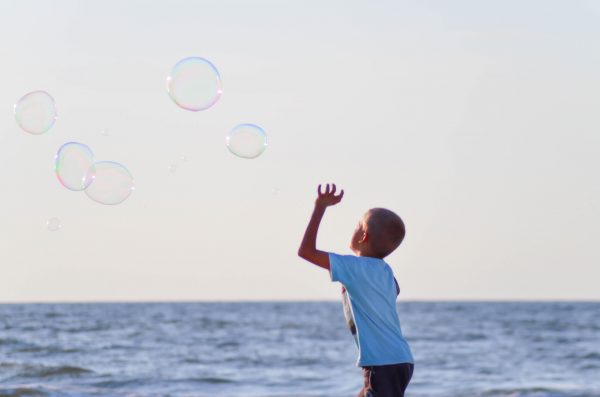 Technology has profoundly changed the way we live. And, the positives are undeniable. Our kids have better motor skills at a younger age, faster development of cognitive skills, and remember lessons taught via (interesting) technology such as interactive educational programs, 3D presentations, and audio books. The easy accessibility of technology for kids of all ages (even pre-K tots) has virtually revolutionized education.
Technology has profoundly changed the way we live. And, the positives are undeniable. Our kids have better motor skills at a younger age, faster development of cognitive skills, and remember lessons taught via (interesting) technology such as interactive educational programs, 3D presentations, and audio books. The easy accessibility of technology for kids of all ages (even pre-K tots) has virtually revolutionized education.
With all of the incredible positives, however, technology also offers challenges for our children.
According to a recent article in philly.com, “…without phones, kids’ brains change. In a 2014 study by child development expert Yalda T. Uhls of Common Sense Media, preteens who spent just five days at a sleepaway nature camp without access to screens developed a greater understanding of real-world interpersonal communication cues. The campers were better at reading facial expressions, making eye contact, and interpreting tone of voice and other prompts, such as posture and keeping an appropriate spatial distance with others.”
So, how can parents find the right balance? While abandoning all technology is likely not feasible, summer does offer the perfect opportunity to limit kids access to technology and teach life lessons in a new way… in the outdoor classroom.
What is the outdoor classroom?
It is simply using the great outdoors as an occasion to show kids rather than tell them about the world. With increased education cuts and time constraints, this is an exciting opportunity that is sadly lacking in many of today’s conventional classrooms. Getting kids involved — hands-on — fosters a love of learning, intellectual curiosity about the world around us, and may even inspire a lifelong passion or career choice!
In the outdoor classroom, you’re the teacher. So, what’s on your lesson plan?
How about a weekly nature walk to identify indigenous flora and fauna? Keep resources handy to classify objects, since identifying your “finds” is part of the fun. Some suggestions include Smithsonian Handbooks’ Insects and The Audubon Society Field Guide to North American Rocks and Minerals. A dedicated shelf or window ledge at home for treasures – a broken robin’s egg, a chunk of shiny mica, or an unusual pine cone – keeps kids engaged long after the walk is over.
Or try stargazing on summer’s night, no fancy telescope required. How many constellations can you identify? KidsAstronomy.com is a fantastic, free resource to help you easily identify everything from the Big Dipper to Orion’s Belt, as well as determine the phases of the moon, plus more. Keep a chart of the heavens on the fridge and see how many you can add over just a few sessions!
Seine fishing is a method of fishing using a dragnet. Less tedious than traditional bait and hook fishing, this method produces results almost immediately. Seine nets can be used in just a few feet of water at the beach and offer an exciting glimpse of what is really swimming beside us! Seine fishing should only be done under adult supervision, remember to always catch and release, and remind children to “look, but don’t touch.”
Whatever you choose to do with your kids, it’s time to put down the phones, tablets and laptops, get outside and learn something new!
About Back to Basics Learning Dynamics, Inc. in Nationwide
Back to Basics offers 1-on-1 tutoring in 60+ subjects, professional development, translating and interpreting in 21 languages, speech therapy, occupational therapy, behavior specialists, reading specialists, paras, ELL services, homebound services, RTI support, psycho-educational testing and test prep. Plus, Back to Basics Private School is Nationwide’s only Department of Education approved 1-on-1 Private School for K-12. We also offer summer school and educational summer camps, original credit and credit recovery, along with unique enrichment options such as music, art and photography. Click Here to learn about summer camps, summer school, original credit and enrichment options!
